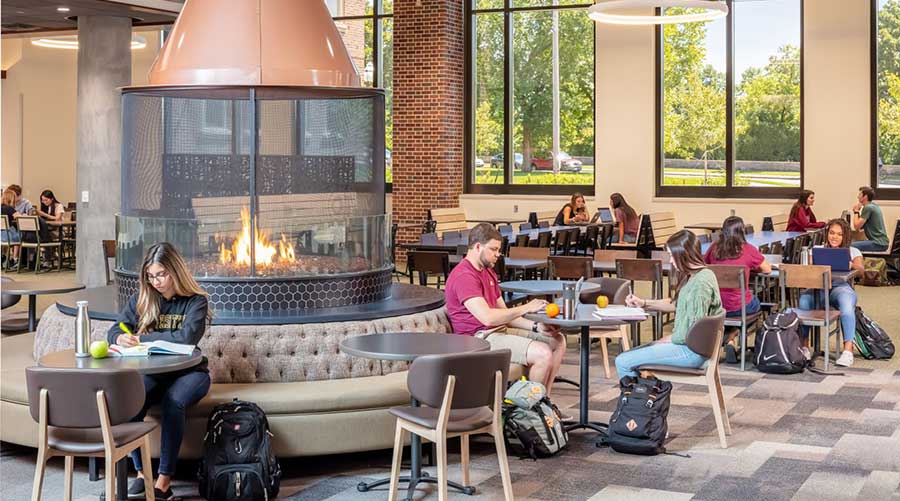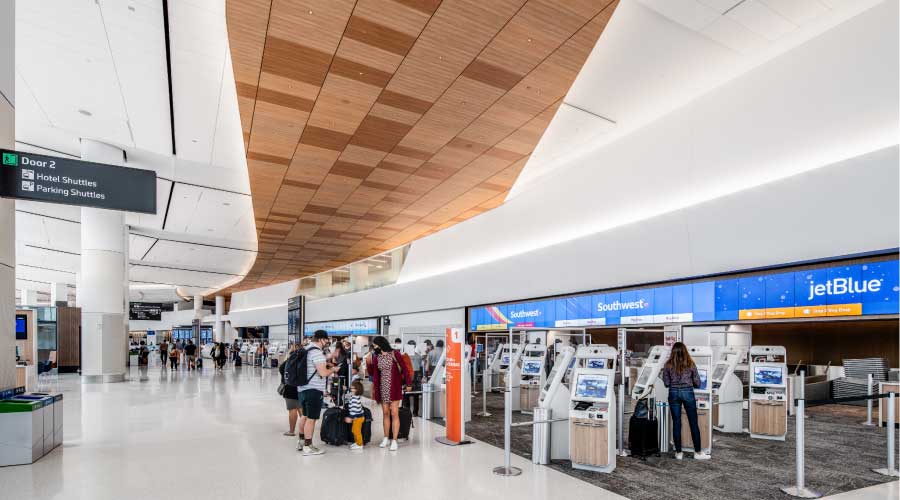USGBC Launches Building Performance Initiative
This past summer, USGBC launched the Building Performance Initiative, a comprehensive campaign to connect building design, management and use to achieve the best performance possible. The initiative will include feedback mechanisms for building managers, owners and occupants so they can address gaps between predicted vs. actual building performance.
The announcement of the Building Performance Initiative kicked off with a series of regional building summits this past September and October in five cities across the country, starting a dialogue with the community at a local level. The summits, held in Chicago, Los Angeles, San Francisco, New York and Washington, D.C., convened 75 to 100 representatives from local, state and federal governments, USGBC chapters, LEED project teams, developers, architects and engineers, among others. Attendees exchanged views on how to ensure that all green buildings perform the way they are intended and that our entire building stock is upgraded for measurably better energy, water, human health and natural resources outcomes.
USGBC reported on these summits at the first annual Building Performance Initiative Summit at the Greenbuild International Conference & Expo in Phoenix, Ariz., in November. Click here to view the archived video from the session.
The first phase of the Building Performance Initiative is building a program for gathering quality data about building performance, which will serve two vital purposes. First, the LEED certified buildings that participate — initially, between 300 and 500 pilot participants dating back to the very first version of LEED — will receive detailed information on how they are performing, what's working, and where there is room for improvement.
USGBC's ultimate goal is for every owner or manager of a LEED-certified building to be actively engaged in measuring, analyzing and improving that building's performance. USGBC took the first step toward that goal by announcing that, under LEED 2009, LEED certification will require project teams to collect and submit ongoing performance data, either through their own measurement or by allowing USGBC access to utility bills and other information.
But most importantly, this initiative begins a national discussion that can have a significant impact on how buildings impact our world by working to find more innovative ways to increase the partnership between designer, owner, manager and occupant. Ultimately, building performance is synonymous with human performance.
Related Topics:













